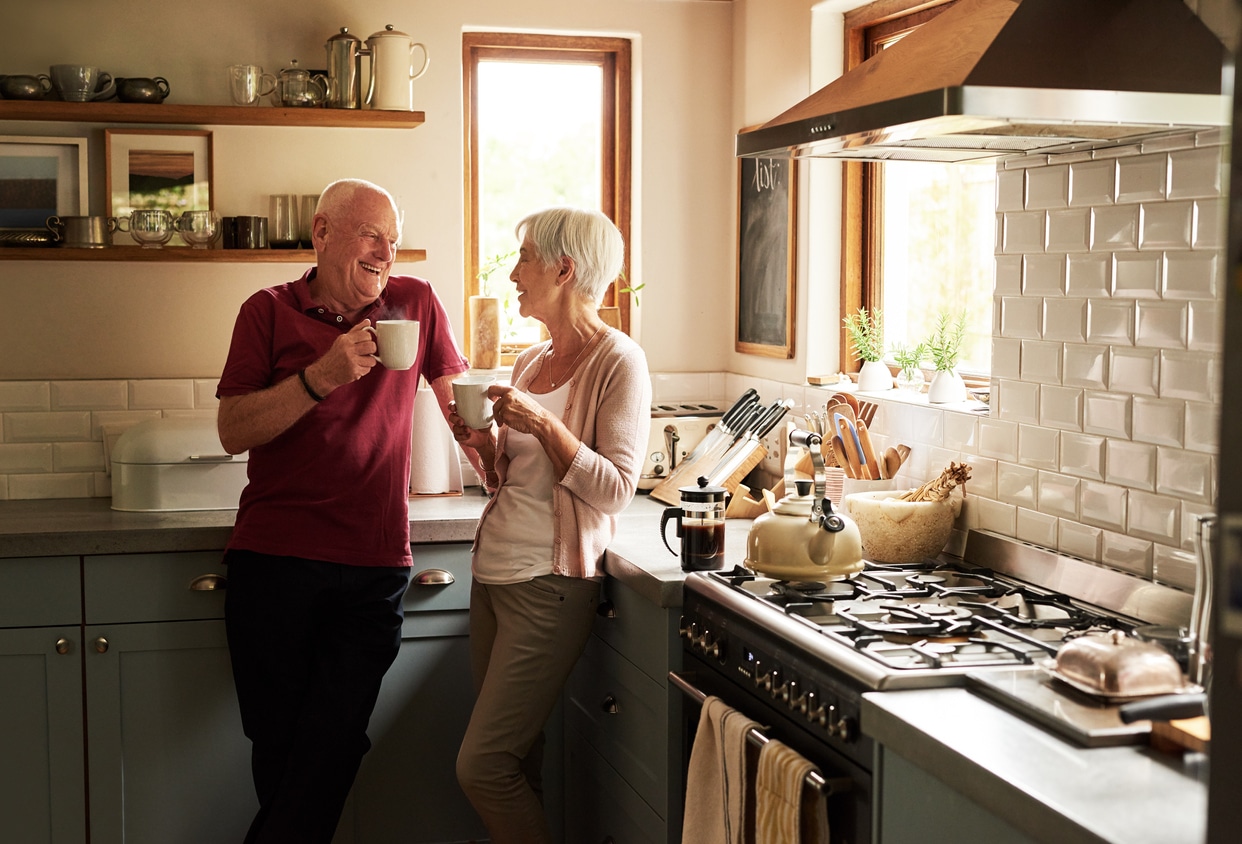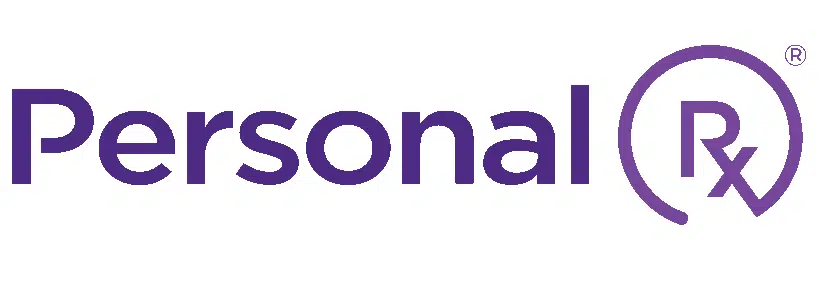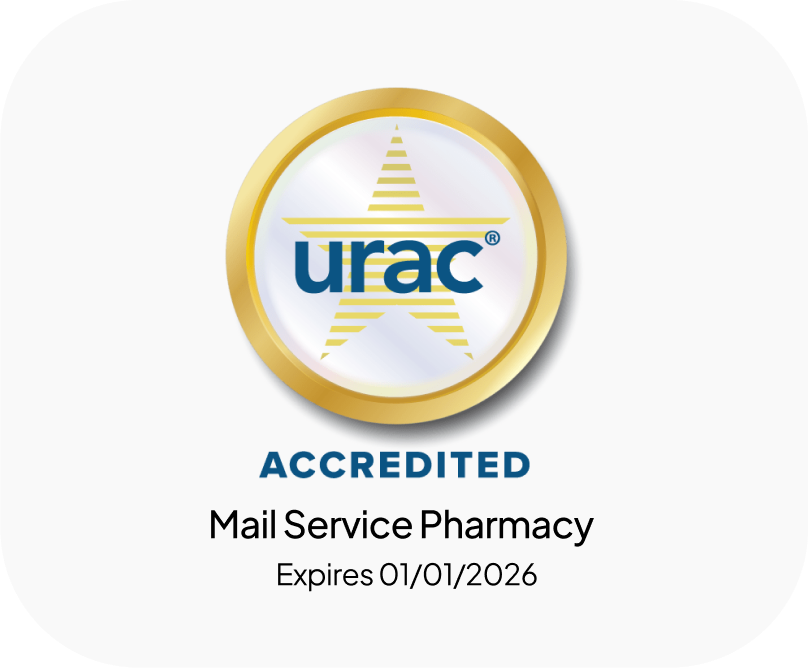Assessing Current and Future Needs
One of the initial steps in preparing for aging in place is assessing both current and future needs. This involves taking into account various aspects that directly impact quality of life, including:
Health Considerations: Understanding any existing health concerns and considering potential future health challenges is crucial. Assessing the need for regular medical care and specialized treatments helps in planning for necessary support and evaluating whether or not aging in place is a good option for you.
Mobility Challenges: Evaluating current mobility levels and anticipating potential mobility issues aids in determining the required home modifications and assistive devices. It’s important to keep these points in mind while planning for aging in place.
Social and Emotional Needs: Maintaining social connections and emotional well-being is vital. The social engagement that is needed to maintain healthy mental well-being is typically more easily obtained when opting to grow old in your own home, which is another reason aging in place has become so popular in recent years.
Home Modifications for Safety and Accessibility

Creating a safe and accessible living environment is paramount for those looking to age in place. Simple home modifications, such as installing grab bars in bathrooms, widening doorways for wheelchair accessibility, and adding ramps for easier entry and exit, can make a substantial difference. For more information about specific home modifications, check out our in-depth guide article Aging in Place Home Modifications: Creating a Safe and Comfortable Environment for Seniors.
Leveraging Technology for Enhanced Living

In the digital age, technology plays a pivotal role in enhancing the quality of life for seniors aging in place. Embracing various technological solutions can provide additional support and peace of mind. PersonalRx CEO Lawrence Margolis discusses this in more depth in his article How Health Tech is Redefining What it Means to Age in Place.
Some key technologies to consider include:
Medical Alert Systems: These handy systems ensure quick access to medical help in case of emergencies.
Smart Home Technology: Voice-activated systems and automated lighting can enhance convenience and safety within the home for seniors.
Telehealth and Online Medical Consultations: Access to remote medical consultations can provide efficient healthcare services without the need for frequent in-person visits.
Pharmacy Apps and Adherence Tools: Medication adherence is especially important for seniors living at home. Additionally, those who have multiple prescriptions may not want to or be able to make frequent visits to the pharmacy. Utilizing a patient-centered delivery pharmacy is a great solution for this.
PersonalRX, for example, delivers your monthly supply of medication with personalized, individually packaged medication dose packs and a pre-made list of meds. The comprehensive list of medicines provided makes medicine regimes clear so doses don’t get mixed up or missed. PersonalRX also provides you with a dedicated Personal Care Provider who is available 24/7 to make sure your medications arrive safely, accurately, and promptly each month.
Wearable Health Monitors: Monitoring devices can help track vital signs and provide timely alerts in case of any health irregularities. To learn more about aging in place products that incorporate such technologies, refer to our comprehensive guide article.
Financial Planning for Aging in Place

Addressing the financial aspects of aging in place is essential for long-term stability. Key considerations in this area include:
Understanding the Costs Involved in Home Modifications: A clear understanding of the financial implications of necessary home modifications aids in effective budgeting. Our guide to home modifications is a great place to start with this planning process.
Exploring Insurance Options and Coverage: Reviewing existing insurance policies and exploring additional coverage options that cater to the specific needs of seniors is crucial. For more information on health insurance options, refer to our guide (insert link here).
Considering Reverse Mortgages or Other Financial Tools: Exploring financial tools like reverse mortgages can provide additional financial support for aging in place.
Seeking Out Grants or Programs for Seniors: Researching and applying for grants or programs aimed at assisting seniors in funding home modifications and healthcare expenses can alleviate financial burdens.
Building a Support System

Establishing a robust support system is integral to maintaining a sense of security and well-being. Several measures can be taken to build an effective support network, including:
Engaging with Community Resources and Programs: Actively participating in local community programs and resources tailored to senior needs can provide valuable support and social engagement opportunities.
Setting Up Regular Check-ins with Family or Neighbors: Regular communication with family members and neighbors helps in staying connected and ensures immediate assistance is available when needed.
Hiring In-Home Care or Services as Needed: Enlisting the services of professional caregivers or home care agencies can provide essential assistance for daily activities and healthcare needs.
Joining Local Senior Groups or Activities for Social Interaction: Participating in local senior groups or activities fosters a sense of belonging and combats isolation, promoting mental and emotional well-being.
Preparing for Emergencies

Preparing for unforeseen emergencies is critical to ensuring safety and security while aging in place. Key steps to consider include:
Creating an Emergency Plan and Sharing It with Loved Ones: Develop a comprehensive emergency plan that outlines steps to take in various scenarios and share it with family members and caregivers.
Stocking Up on Essential Supplies and Medications: Maintaining a sufficient supply of essential items and medications ensures uninterrupted access to necessary resources during emergencies. Signing up for home delivery pharmacies like PersonalRx helps to ensure you never run out of important medications.
Installing Emergency Alert Systems in the Home: Installing emergency alert systems that can easily be activated during crises, such as smoke detectors and home security systems, provides a sense of security and immediate access to help.
Having a Backup Plan for Extended Stays with Adult Children, if Available: Planning for the possibility of extended stays with adult children in case of prolonged emergencies or unforeseen circumstances ensures a secure alternative living arrangement. If you’re a caregiver for your aging parent, refer to our article What to Know Before Asking Aging Parents to Move Into Your Home for tips on handling this delicate situation.
As you prepare for aging in place, it is imperative to address each of these categories and give them your full consideration. By taking proactive measures and implementing a comprehensive plan, you can ensure a comfortable and secure aging-in-place experience that upholds both your independence and well-being.




